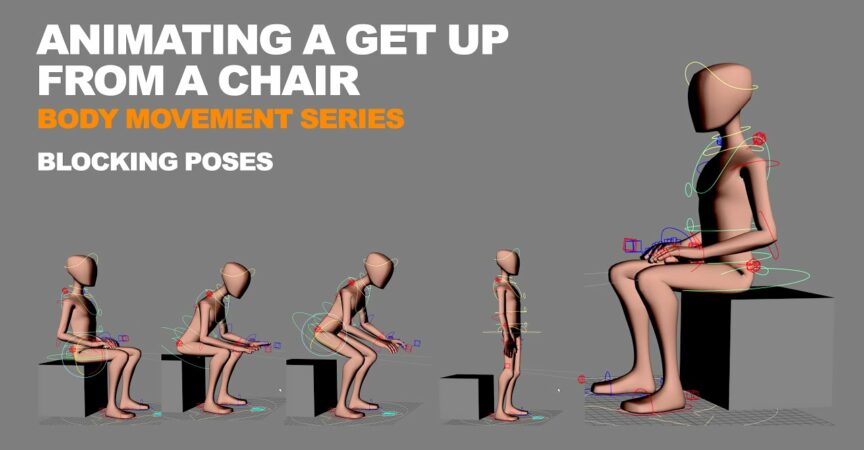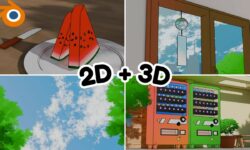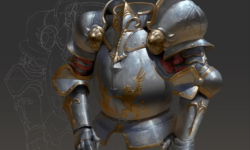Body Movement Series – Animating a Get Up From a Chair
Release date:2023, April 3
Duration:01 h 07 m
Author:Opi Chaggar
Skill level:Beginner
Language:English
Exercise files:Yes
In this class, we will be focusing on animating a cartoony walk cycle in a bitesize form. The course will cover the following process:
- Introduction To The Class: The course will start with an introduction to the topic and an overview of the animation process for a cartoony walk cycle. We will discuss the characteristics of a cartoony walk and the specific techniques required to bring life and personality to the animation.
- Where To Download Rigs: We will explore various online resources where you can download rigs, which are pre-built character models that can be used as a starting point for your animation. We will discuss the importance of choosing a rig that suits the style and requirements of a cartoony walk cycle.
- Blocking Poses: We will dive into the process of blocking poses, which involves creating the key poses of the walk cycle. We will learn how to establish the main poses of the character’s body, including the legs, arms, and head, to convey the cartoony walk style and personality.
- Splining: Once the blocking poses are in place, we will move on to the process of splining, which involves adding in-between poses to smooth out the animation. We will learn how to create smooth transitions between the key poses to achieve a fluid and appealing walk cycle animation.
- Animating Arms And Head: We will focus on animating the arms and head of the character during the walk cycle. We will explore different techniques to add secondary motion and exaggeration to the arms and head to enhance the cartoony style and make the animation more expressive.
- Polishing: In this stage, we will focus on polishing the animation, refining the timing, spacing, and arcs of the character’s movements. We will also work on adding additional details and nuances to make the walk cycle animation more appealing and professional-looking.
- Conclusion: The course will conclude with a summary of the key concepts covered and tips for finalizing and rendering the completed animation. We will discuss the importance of feedback and iteration in the animation process and provide guidance on how to continue practicing and improving your cartoony walk cycle animations.
Throughout the course, we will emphasize the principles of animation, such as timing, spacing, weight, and exaggeration, to create a dynamic and lively cartoony walk cycle animation. This course is designed to provide practical and hands-on training, allowing you to develop your skills and create captivating and engaging animations.





 Channel
Channel





